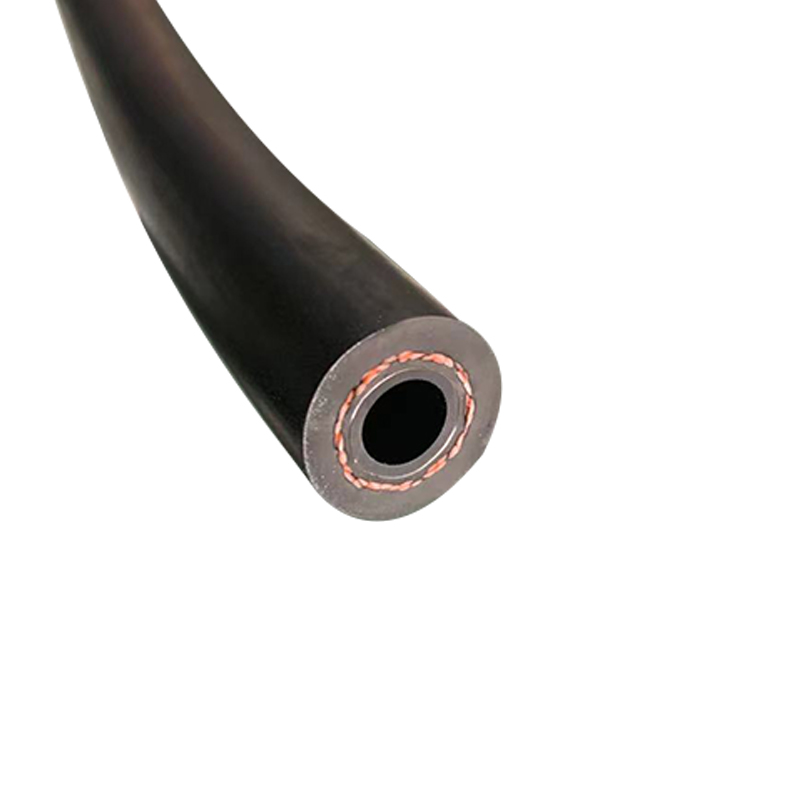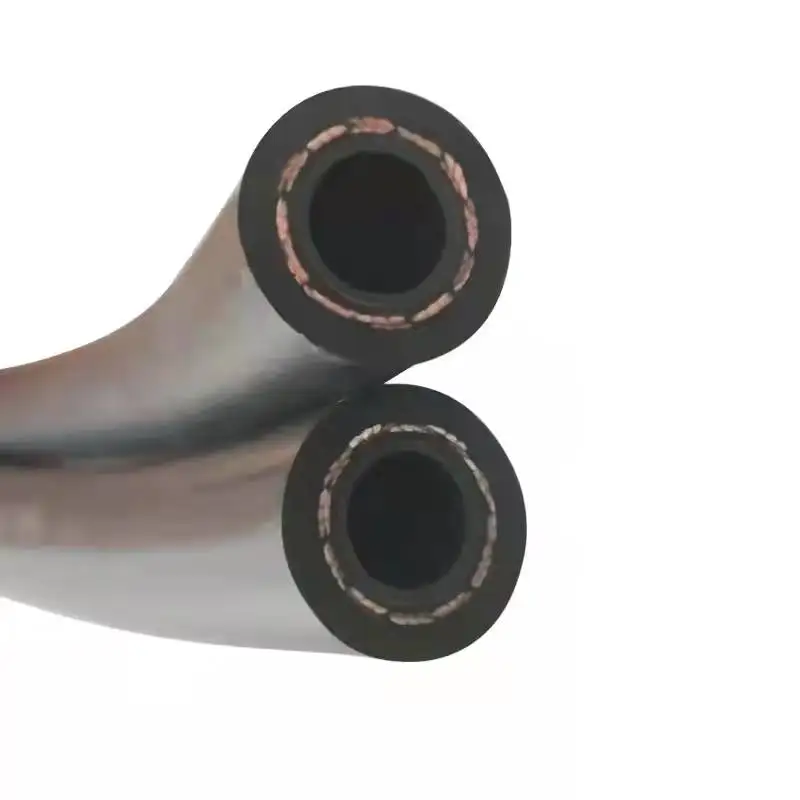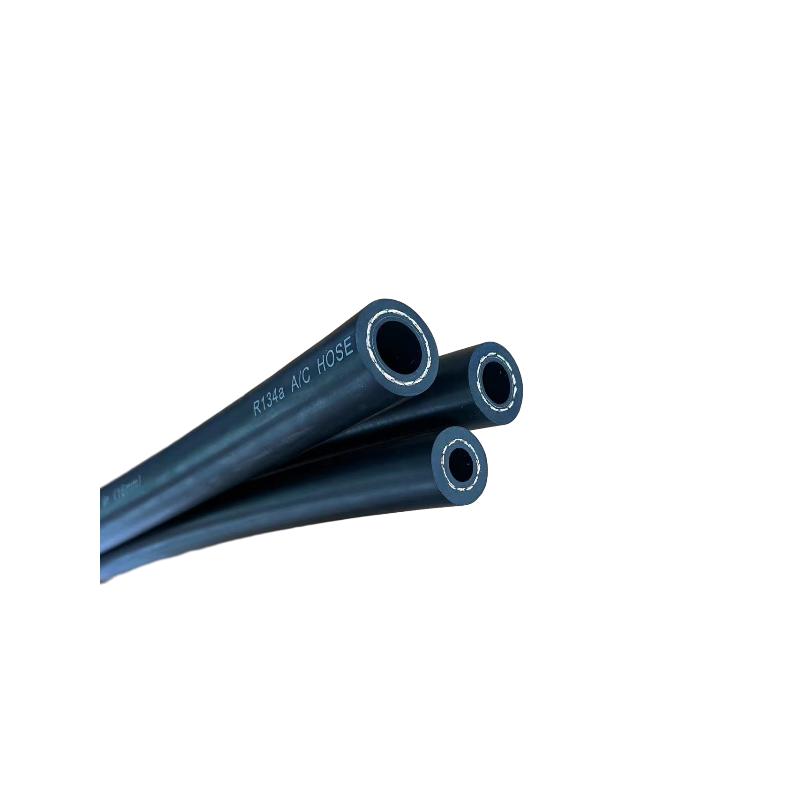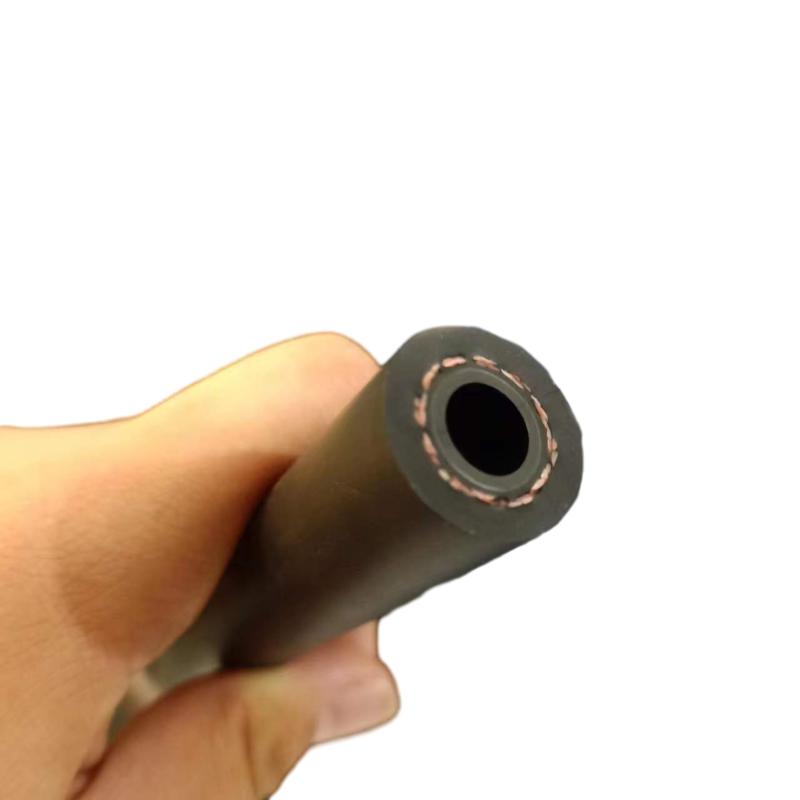HEBEI KEMO AUTO PARTS TECHNOLOGY CO., LTD: Industry Innovators
As pioneers in automotive thermal management solutions, HEBEI KEMO leverages ISO/TS 16949:2009 certified manufacturing processes to engineer superior AC components. Our global clients trust our 15+ years expertise in thermal hose technology for reliability in extreme operating conditions.
Connect with Our Engineering Team
✉️ sales@kemohose.com | 📱 +86 13930969270
🏭 Niu Jiazhai Industrial Area, Changzhuang Town, Wei County, Hebei Province, China
The Crucial Role of AC Hose from Compressor to Evaporator
The AC hose from compressor to evaporator functions as the critical arterial pathway in automotive climate systems, responsible for transporting high-pressure refrigerant between thermal exchange components. According to SAE International research, optimal hose design reduces thermal efficiency losses by up to 18% compared to standard components.
Premium Solution: A20 A/C HOSE (Type C)
Technical Specifications
- Temperature Range: -40℃~+135℃/-40°F~+275°F
- Tube Material: EPDM with PA/NYLON Barrier
- Reinforcement: PET PVA
- Cover: EPDM
- Standards: SAE J2064 / SAE J3062 / OC/T664

Technical Performance Analysis
| Parameter | Standard Grade | Kemo A20 | Improvement |
|---|---|---|---|
| Max Operating Pressure | 500 PSI | 750 PSI | +50% |
| Thermal Cycling Endurance | 5,000 cycles | 20,000+ cycles | 400% |
| Refrigerant Permeation | 15g/m²/day | ≤5g/m²/day | 67% reduction |
| Vibration Resistance | Grade B | Grade A+ | 2 classes |




Real-World Performance
In desert endurance testing, vehicles equipped with our AC hose from compressor to evaporator maintained 92% cooling efficiency after 15,000 thermal cycles. The triple-layer barrier construction prevents R134a permeation - a critical factor identified in IETA Journal research on refrigerant loss.
Technical FAQ: AC Hose Engineering
What temperature differentials can quality AC hose from condenser to evaporator withstand?
Premium hoses like our A20 series are engineered to withstand 175°F differentials, maintaining flexibility at -40°F while resisting degradation at 275°F compression temperatures.
How does tube material impact refrigerant permeation?
Our PA/NYLON barrier layer reduces R134a loss by 80% compared to single-layer EPDM, meeting SAE J2064 requirements for emissions control systems.
What standards govern AC line for car manufacturing?
Global requirements include SAE J2064 for refrigerant compatibility, SAE J3062 for durability testing, and OC/T664 for OEM quality validation.
How frequently should AC hose in car systems be inspected?
Industry guidelines recommend visual inspections every 15,000 miles and pressure testing during major services (every 30,000 miles).
What distinguishes barrier hose construction?
Multi-layer designs incorporate: inner tube (refrigerant contact), permeation barrier (nylon/PA), reinforcement (textile or braided wire), and protective outer cover.
When is AC hose recharge insufficient?
If refrigerant loss exceeds 15% annually, SAE research indicates 93% probability of AC hose permeation failure requiring component replacement.
How do vibration frequencies impact AC hose pipe lifespan?
Resonant frequencies between 80-120Hz cause accelerated fatigue. Our PET PVA reinforcement dampens critical harmonics extending service life 300% beyond industry standards.
Technical Validation & Research
"Multi-layer nylon-barrier AC hoses demonstrate superior thermal cycling performance in extreme temperature environments compared to conventional rubber compounds."
